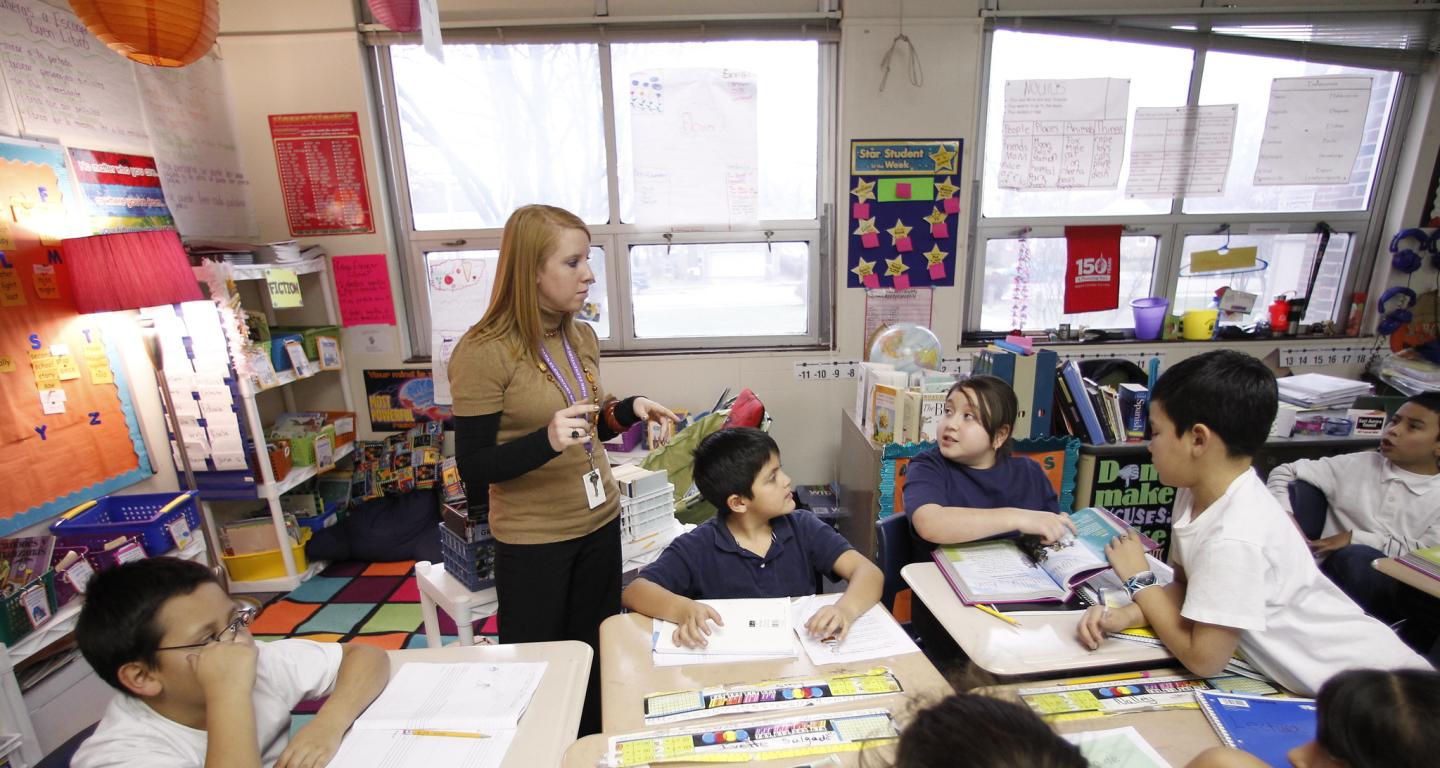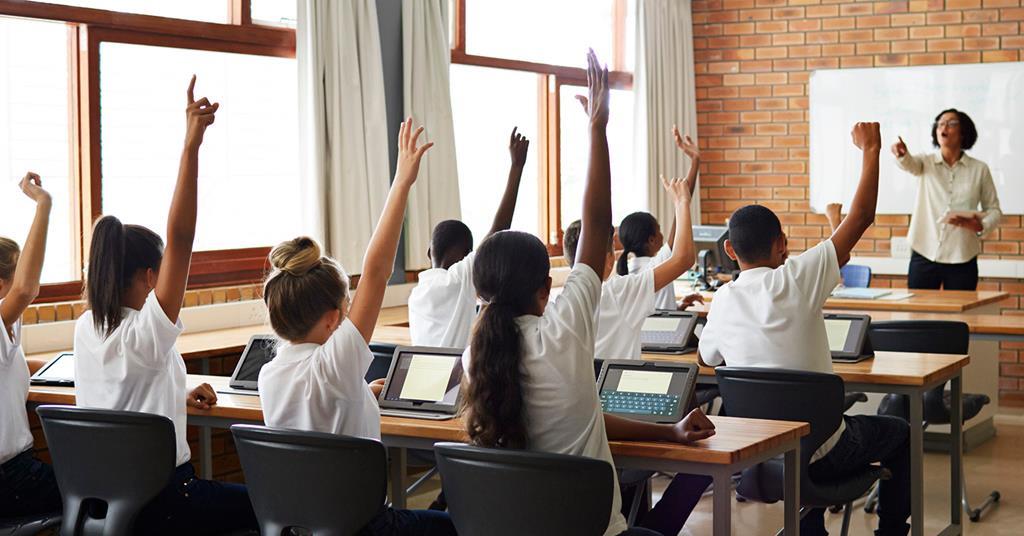Discover the Best Primary Science Tuition Singapore for Your Learning Journey
Discover the Best Primary Science Tuition Singapore for Your Learning Journey
Blog Article
Exploring the Different Teaching Approaches in Primary Science Education Today
The landscape of main scientific research education and learning is advancing, with numerous training strategies obtaining prestige in modern class. Inquiry-based understanding, hands-on experiments, and the assimilation of technology are redefining exactly how educators engage young minds. In addition, joint approaches and differentiated guideline are being used to provide to the diverse needs of students, enhancing both engagement and understanding. As we analyze these methods, questions arise concerning their performance and the effects for future academic methods. What might these changes in technique mean for the future generation of students?
Inquiry-Based Discovering
Inquiry-Based Learning (IBL) is a pedagogical method that urges students to check out scientific concepts with wondering about, investigation, and hands-on testing. This method highlights the duty of students as active individuals in their knowing, promoting critical thinking and problem-solving skills. By engaging with real-world concerns, trainees become interested and inspired, which enhances their understanding of scientific principles.
In IBL, instructors serve as facilitators, guiding students as they navigate their inquiries instead of supplying details directly. This student-centered technique permits distinction, suiting numerous learning rates and designs. Pupils establish abilities in creating theories, making experiments, and analyzing information, which are critical for clinical proficiency.
Furthermore, IBL cultivates cooperation amongst pupils, motivating them to share concepts and searchings for. This collective inquiry promotes social abilities and a feeling of neighborhood within the classroom. The process of query urges strength, as trainees learn to accept failure as a stepping rock toward understanding.
Hands-On Experiments
Hands-on experiments are a vital part of reliable science education and learning, enhancing the principles of inquiry-based learning. These experiments permit trainees to engage straight with scientific concepts, fostering a much deeper understanding through experiential knowing. By manipulating products and observing end results, young students can realize abstract concepts in substantial ways.
Such activities advertise vital thinking and problem-solving skills, as students assume end results, conduct experiments, and assess outcomes. This procedure encourages them to ask questions, improve their understanding, and create a clinical frame of mind. Hands-on experiments can be customized to varied learning designs, ensuring that all trainees have the possibility to engage meaningfully with the material.
Moreover, hands-on experiments commonly motivate cooperation amongst peers, promoting synergy and communication abilities. Working in groups allows pupils to share ideas, talk about findings, and gain from each other, which improves their general instructional experience.
Including hands-on experiments right into the primary science curriculum not just improves the learning environment however also cultivates a lifelong rate of interest in science. By proactively taking part in their education, students are more probable to establish an interest for scientific inquiry that expands beyond the classroom.
Technology Integration
Integrating innovation into main science education and learning has become increasingly vital in promoting student engagement and enhancing finding out results. The usage of digital tools, such as interactive simulations, virtual labs, and academic software application, supplies trainees with possibilities to explore scientific ideas in innovative methods. These sources assist in a deeper understanding of complex topics by allowing students to envision and control variables that would be impractical in a typical class setting.
Moreover, modern technology assimilation motivates personalized finding out experiences. Pupils can progress at their very own speed, reviewing difficult ideas via multimedia resources, which satisfy various understanding styles. This versatility not just supports individual growth however also grows a feeling of freedom in students.
Furthermore, technology functions as a bridge to real-world scientific research, connecting students with current research and professional contributions. Accessibility to on-line databases and scientific journals widens pupils' perspectives on scientific questions and cultivates critical thinking abilities.
Collaborative Learning
Collective understanding plays an important duty in key scientific research education by promoting synergy and communication skills among trainees. This strategy encourages students to interact, share knowledge, and take part in analytical, which improves their understanding of scientific ideas. By participating in group activities, trainees discover to express their concepts, pay attention to varied perspectives, and work out services, all of which are important abilities in both academic and real-world contexts.

Research study indicates that collective understanding can cause increased motivation and interaction in scientific research subjects, as students locate satisfaction in common experiences (primary science tuition Singapore). Furthermore, this method prepares trainees for future collective ventures, outfitting them with the skills required for reliable synergy in greater education and learning and specialist environments. Eventually, accepting joint understanding in primary science education and learning can significantly enrich the discovering experience and promote a much deeper understanding of clinical questions
Distinguished Direction

Separated guideline can manifest in different means, such as varying the web content, processes, or that site products of understanding. For example, educators may utilize tiered assignments that supply differing levels of complexity, permitting pupils to operate at their particular readiness degrees. Furthermore, adaptable organizing techniques can facilitate partnership among pupils with various abilities, fostering peer learning.
Evaluation plays a critical role in this technique, as it notifies guideline and aids educators comprehend each trainee's special requirements. Developmental evaluations, such as observations and quizzes, can guide teachers in adjusting their techniques to boost finding out end results. primary science tuition Singapore. Inevitably, by applying differentiated guideline in key science education and learning, instructors can cultivate a more effective and equitable learning setting, encouraging click to find out more all trainees to reach their complete possibility in understanding clinical sensations
Verdict
In recap, the varied teaching methods in main science education, consisting of inquiry-based understanding, hands-on experiments, technology combination, collaborative understanding, and set apart direction, collectively add to an extra reliable discovering environment. These approaches promote crucial reasoning, analytic skills, and a much deeper understanding of scientific principles. By executing these approaches, teachers can create encouraging and appealing classrooms that resolve the different needs of pupils, eventually cultivating a lifelong interest in scientific research and improving scholastic accomplishment.
Inquiry-Based Learning (IBL) is an instructional method that encourages pupils to check out clinical concepts with questioning, investigation, and hands-on experimentation.Joint knowing plays an essential role in main scientific research education and learning by fostering team effort and communication skills amongst pupils.Study suggests that joint knowing can lead to raised motivation and interaction in scientific research topics, as students discover pleasure in common experiences.In fostering an inclusive discovering setting, distinguished instruction arises as a vital strategy to fit the varied demands and capacities of trainees in key scientific research education. Eventually, by applying differentiated navigate to this site direction in key scientific research education, educators can grow an extra fair and effective knowing atmosphere, equipping all pupils to reach their complete possibility in recognizing clinical sensations.
Report this page